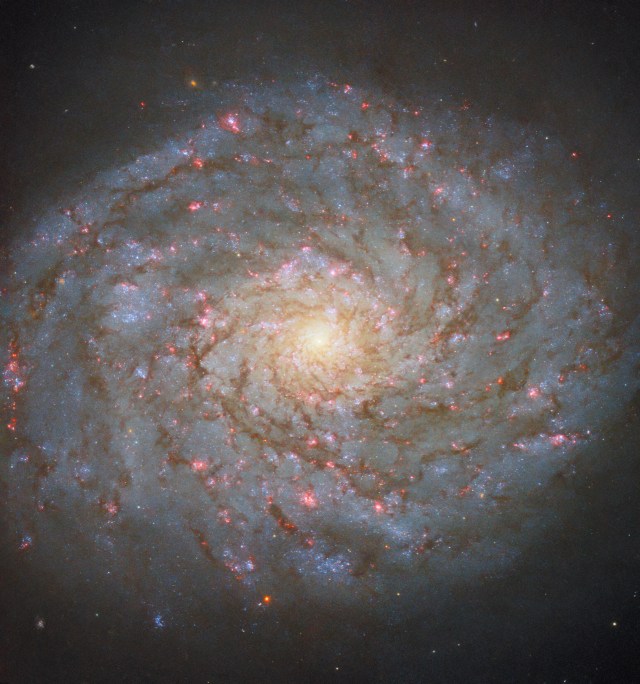Despite being relatively unknown in the world of astronomy, NGC 4689 holds a significant place in modern science. Located at a distance of 54 million light-years, it is considered relatively nearby compared to other galaxies in the vast universe. A recent observing program featuring the Hubble and James Webb Space Telescopes has brought new insights into this galaxy’s evolution.
The program showcased how the two telescopes work together to enhance our understanding of the universe. The James Webb Space Telescope provides detailed infrared data that can transform our knowledge of how galaxies evolve over time. On the other hand, the Hubble Space Telescope’s observations in ultraviolet and visible light, like those used to create this image, offer additional insights.
In particular, Hubble data on NGC 4689 helped provide a more accurate assessment of its stellar populations, which is crucial in understanding its evolution. By combining observations from both telescopes, scientists can further develop their understanding of how galaxies form and change over time.
NGC 4689 has been a subject of interest before as Hubble featured an image of the galaxy in 2020. With the combined efforts of telescopes like Hubble and Webb, astronomers continue to unravel the mysteries of the universe and expand their knowledge of galaxies like NGC 4689.



